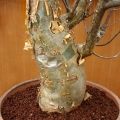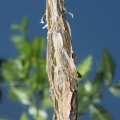Donate now to support the LLIFLE projects.
Your support is critical to our success.
Your support is critical to our success.
Amyris fagaroides
Syst. Veg. (ed. 16) [Sprengel] 4(2, Cur. Post.): 148. 1827 [Jan-Jun 1827] (Note: The genus Amyris belongs to Rutaceae)
Family: BURSERACEAE
Syst. Veg. (ed. 16) [Sprengel] 4(2, Cur. Post.): 148. 1827 [Jan-Jun 1827] (Note: The genus Amyris belongs to Rutaceae)
Family: BURSERACEAE
Accepted Scientific Name: Bursera fagaroides (Kunth) Engl.
Bot. Jahrb. Syst. 1(1): 44. 1880 [30 Apr 1880]
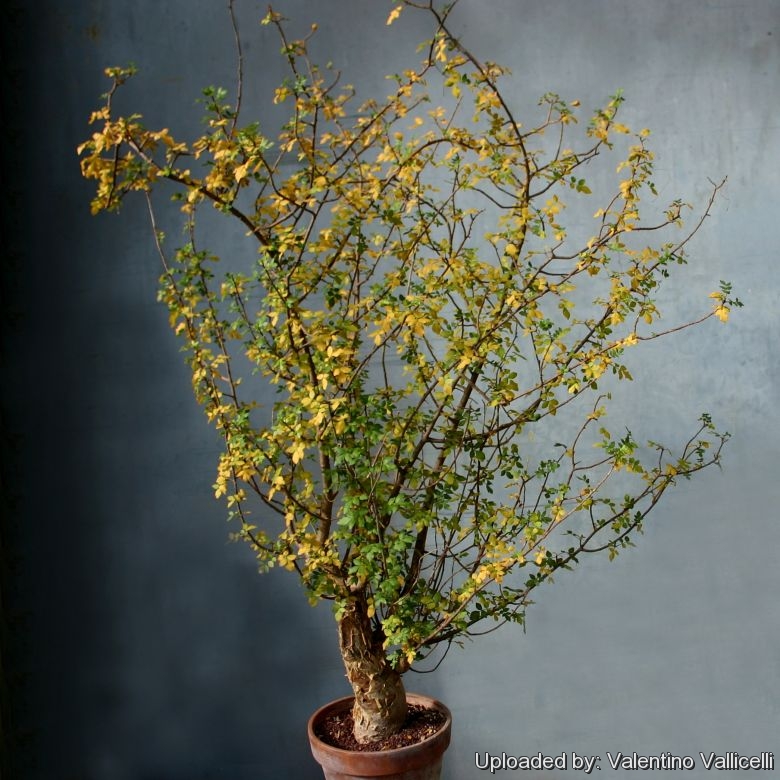
Bursera fagaroides ( Fragrant Elephant Tree )
( Autumn ) Perhaps this is the nicest species of the genus, it has a thick caudex and leaves that release a delightful citrus odour when crushed. Plants remain dormant much of the year, leafing out only with the onset of hot summer weather. They defoliate in Autumn, making an attractive display as the leaves change to yellow, orange and red.
( Autumn ) Perhaps this is the nicest species of the genus, it has a thick caudex and leaves that release a delightful citrus odour when crushed. Plants remain dormant much of the year, leafing out only with the onset of hot summer weather. They defoliate in Autumn, making an attractive display as the leaves change to yellow, orange and red.
Synonyms:
- Bursera fagaroides (Kunth) Engl.
- Amyris fagaroides (Kunth) Spreng.
- Bursera fagarioides hort.
- Elaphrium fagaroides Kunth
- Terebinthus fagaroides (Kunth) W.Wight ex Rose
See all synonyms of Bursera fagaroides
back
Accepted name in llifle Database:Bursera fagaroides (Kunth) Engl.
Bot. Jahrb. Syst. 1(1): 44. 1880 [30 Apr 1880]
Synonymy: 26
- Bursera fagaroides (Kunth) Engl.
- Amyris fagaroides (Kunth) Spreng.
- Bursera fagarioides hort.
- Elaphrium fagaroides Kunth
- Terebinthus fagaroides (Kunth) W.Wight ex Rose
- Bursera confusa (Rose) Engl. in Engl. & Prantl
- Elaphrium confusum Rose
- Bursera fagaroides f. bourgeauana Engl.
- Bursera fagaroides f. crenulata Engl.
- Bursera fagaroides f. elliptica Engl.
- Bursera fagaroides var. elongata McVaugh & W.R.Abraham
- Bursera fagaroides var. purpusii (Brandegee) McVaugh & W.R.Abraham
- Bursera purpusii Brandegee
- Elaphrium purpusii (Brandegee) Rose
- Bursera fagaroides f. ramosissima Engl.
- Bursera lonchophylla Sprague & L.Riley
- Elaphrium lonchophyllum (Sprague & L.Riley) J.G.Ortega
- Bursera obovata Turcz.
- Elaphrium obovatum (Turcz.) Rose
- Bursera odorata Brandegee
- Elaphrium odoratum (Brandegee) Rose
- Terebinthus odorata (Brandegee) Rose
- Bursera schaffneri S.Watson
- Elaphrium schaffneri (S.Watson) Rose
- Terebinthus schaffneri Rose
- Bursera tenuifolia Rose
back
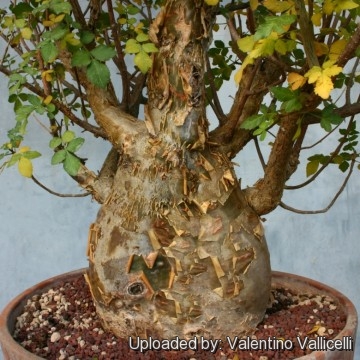
Amyris fagaroides (Bursera fagaroides) Photo by: Valentino Vallicelli
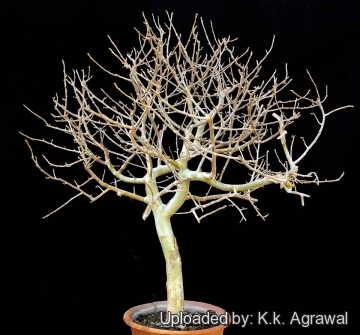
Bursera, ready to sprout after dormancy. (Bursera fagaroides) Photo by: K.k. Agrawal
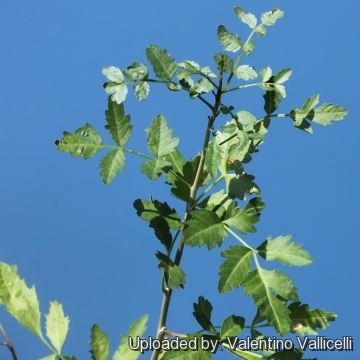
Amyris fagaroides (Bursera fagaroides) Photo by: Valentino Vallicelli
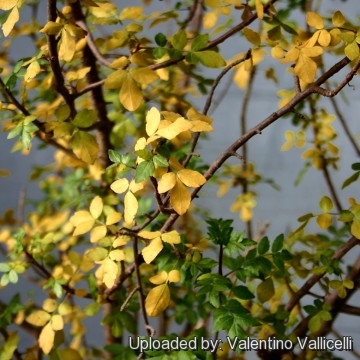
Bursera fagaroides ( Autumnal foliage) (Bursera fagaroides) Photo by: Valentino Vallicelli
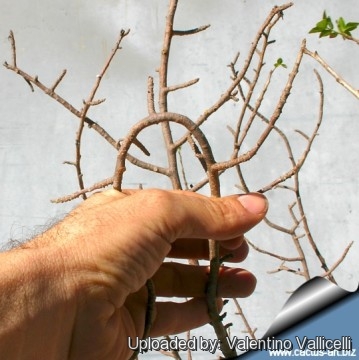
Amyris fagaroides (Bursera fagaroides) Photo by: Valentino Vallicelli
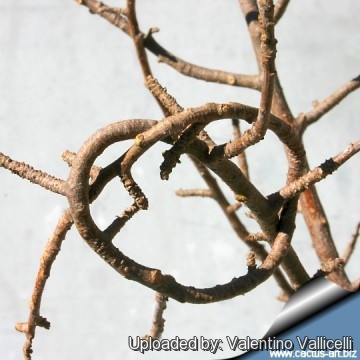
Twigs are very flexible, you can make a knot whit them!!! (Bursera fagaroides) Photo by: Valentino Vallicelli
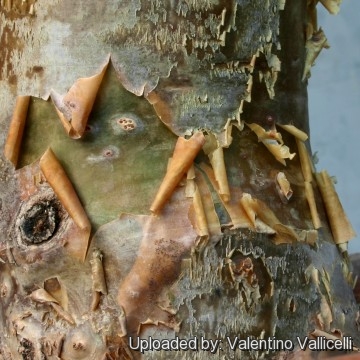
Amyris fagaroides (Bursera fagaroides) Photo by: Valentino Vallicelli
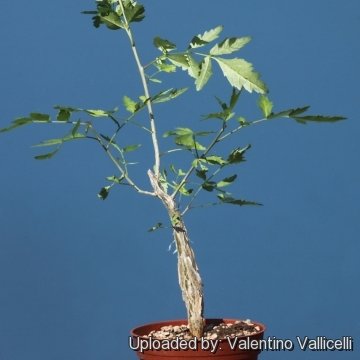
Bursera sp. aff. fagaroides (as: schwebsiana) Meztitlan, Mexico. (Bursera fagaroides) Photo by: Valentino Vallicelli
Your Photos
| Your Actions | |
|---|---|
| Back to Amyris index | |
| Back to Burseraceae index | |
 |
Back to Succulents Encyclopedia index |










